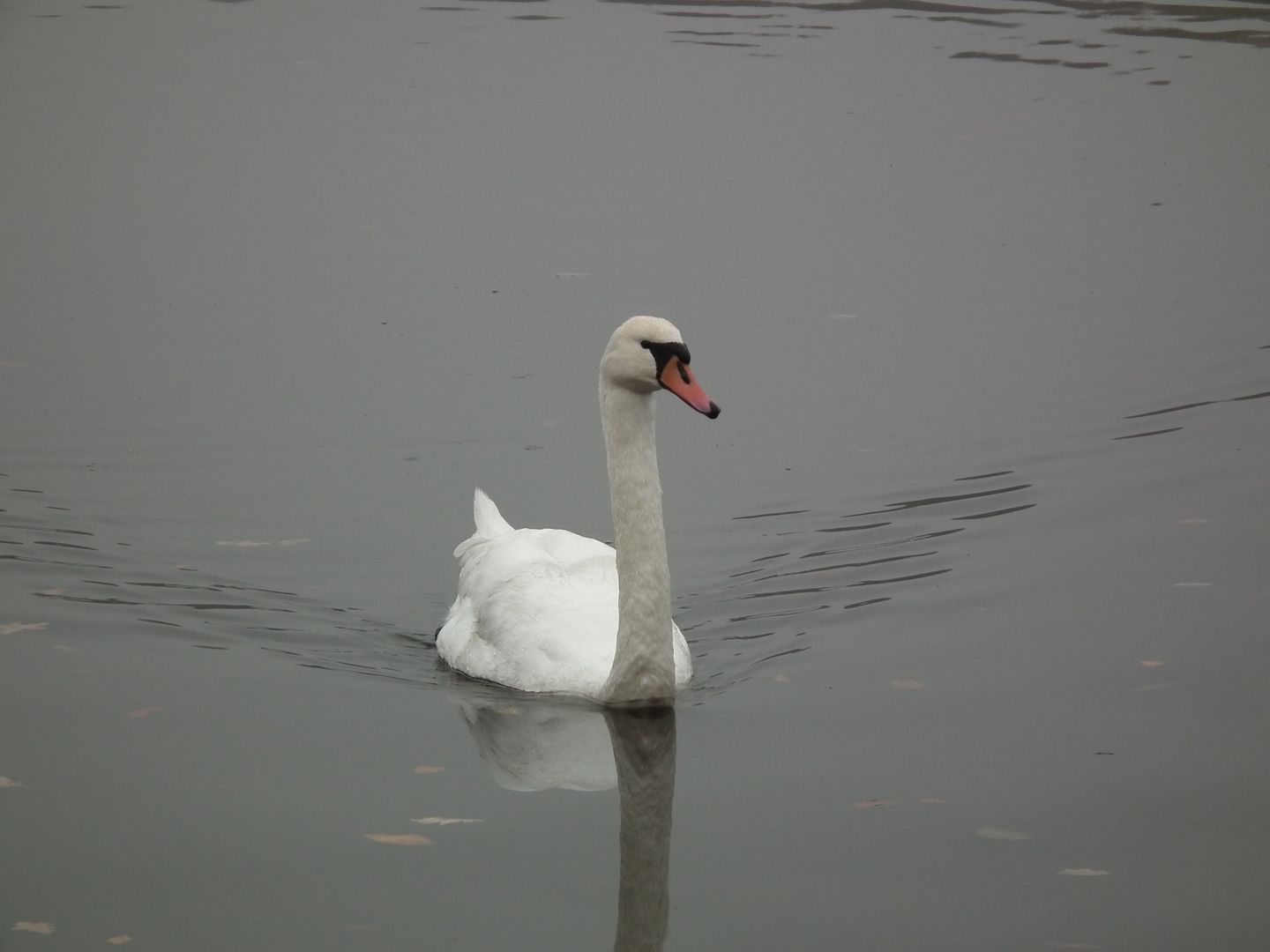Rusałka Lake
6.4

Overview
Lake Rusałka, located in Poznań, is an artificial reservoir with an area of 36.7 hectares, created between 1941 and 1942 by damming the Bogdanka River. Its name, a metaphor related to water nymphs, was given after World War II; previously, it bore the German name Elsensee. In the vicinity of the lake, there was once a 19th-century fort battery and wastelands where Roma people set up encampments. The construction of the lake was carried out by Jewish prisoners in labor camps, and tombstones from a demolished synagogue were used to reinforce the lakebed. There were plans to develop a recreational complex in the area, but these were not realized due to wartime conditions. In the 1960s, a holiday resort was established, and in the surrounding forests, there are monuments commemorating the victims of mass executions carried out by the SS in 1940. The flora around Rusałka consists of 314 plant species, and its surroundings are rich in forest and aquatic ecosystems, including rare species. The lake is popular among anglers and horseback riders, and its shores serve as an important recreational center for the residents of Poznań, hosting various sporting events, including the Poznań Grand Prix in cross-country running. Rusałka also holds cultural significance, having served as an outdoor location for filmmakers and inspired sociological research on the local community's experience of the place. Today, it is a meeting spot for naturists, a valued recreational area, and an important site of historical memory related to the tragedies of World War II.
Location
Tickets
Powered by GetYourGuide
2025 Wizytor | All Rights Reserved